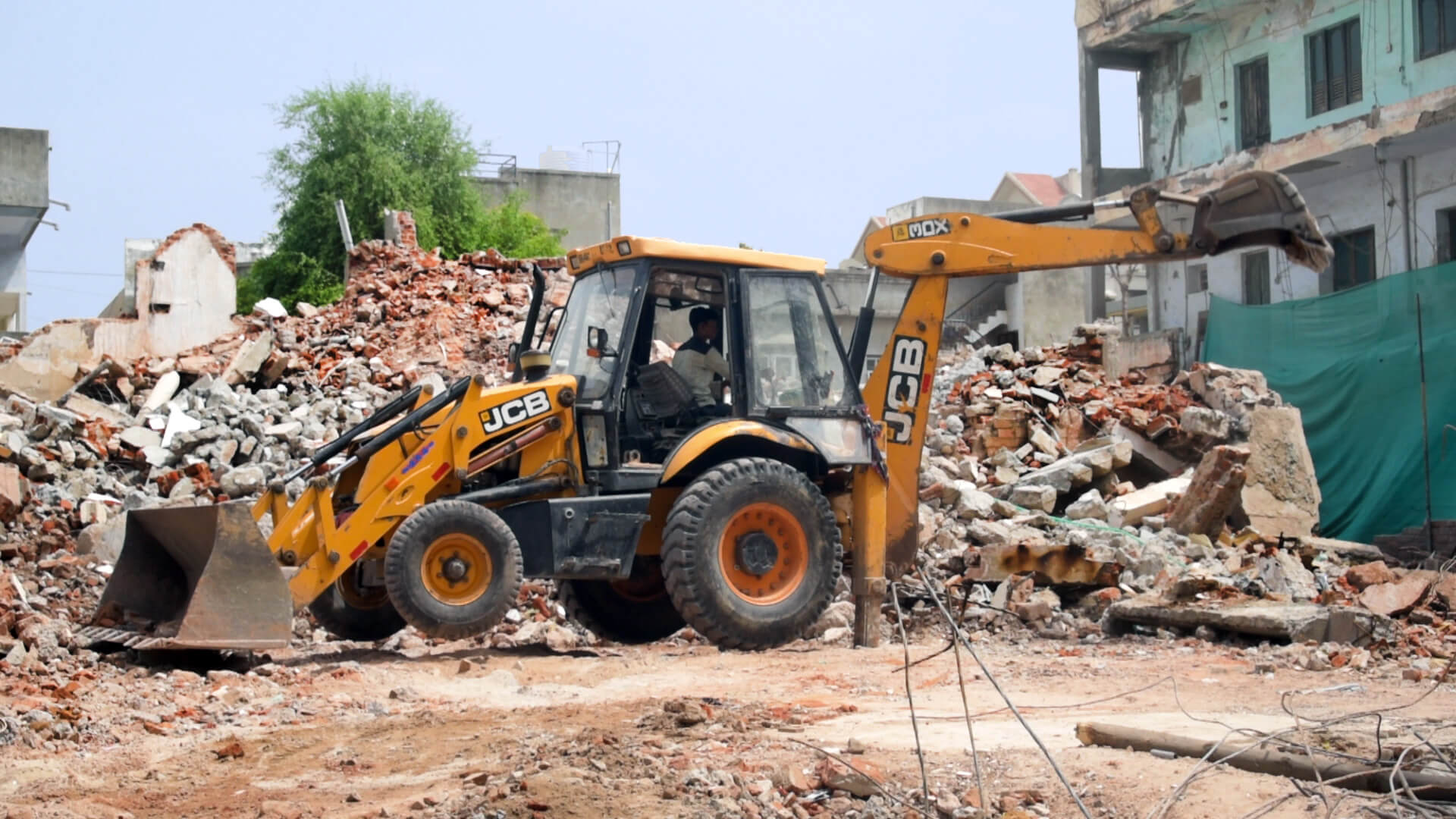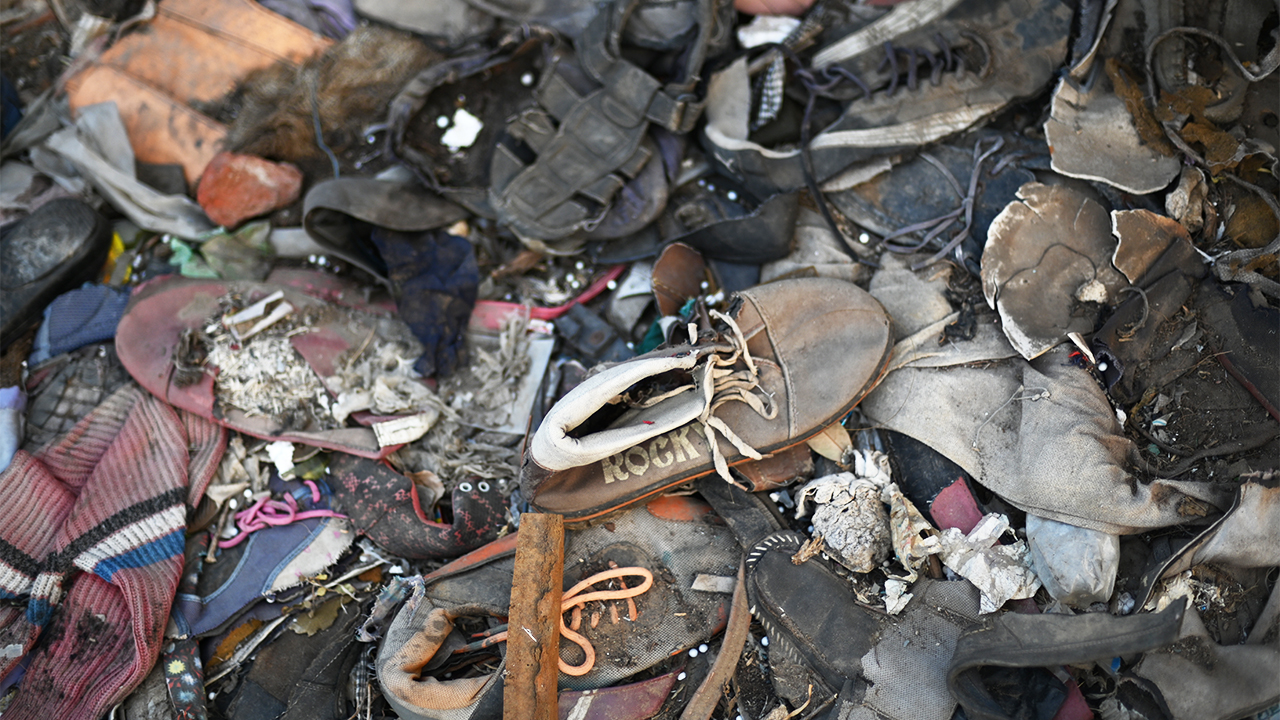admin
I help fin-tech digital product teams to create amazing experiences by crafting top-level UI/UX.

C&D waste cause air pollution and are severe threat to public health. In big cities, which already has bad air due to vehicular emissions, hundreds of buildings are constructed and demolished all year round as a city develops. Both demolition of old buildings as well as construction of new ones put pressure on natural resources. A large amount of salvage building materials, concrete, wood, and glass are generated as C&D waste. The built-up area of India is expected to swell five times by 2030 as it was in 2005. One can only imagine how much menace C&D waste can cause if ignored in cities already choking due to poor air quality like Delhi.
The newly formulated Construction and Demolition Waste Management Rules of 2016 have addressed the need for recycling C&D wastes. All real estate projects must have a waste management plan and should be answerable to local authorities. They also have to pay relevant charges for the collection, transportation, processing, and disposal of the waste. On the other hand, local authorities must also ensure proper space for processing of C&D wastes. In order to fight this menace, the East Delhi Municipal Corporation (EDMC) got into a partnership with the private enterprise Environmental Infrastructure and Services Ltd. Together they set up a plant that began operations at the end of 2015. The civic bodies of Delhi along with the Delhi Cantonment Board set up 168 points for proper disposal of C&D wastes. Another C&D waste recycling plant in Burari, Delhi, has recycled almost 30 lakh metric tonnes of C&D waste. On the other side of the country, Bengaluru, a booming IT hub seeing rapid development, designed a C&D waste processing unit in 2014 under the criteria of the city municipal corporation (BBMP). This plant is privately run and is self-sustainable by the revenue generated from the recycled products. It is also impanelled with BBMP for servicing bulk C&D waste generators. These public-private partnerships indeed mapped a way to make the progress of the civilization more sustainable, providing important lessons for other cities too.
I help fin-tech digital product teams to create amazing experiences by crafting top-level UI/UX.

Training waste workers and households in composting to divert wet waste from landfills and abate methane emissions.

Read More

How environmental contamination is impacting our children’s future
Support our initiatives so that we can reach more and more people and provide our support to the needy
Click on the blue round button at the bottom right corner of this page. You can also email our support team at support@example.com

Chintan, meaning thought/reflection in Hindi, is an environmental research and action group.
Subscribe to get the latest news form us
© 2025 Chintan Environmental Research & Action Group